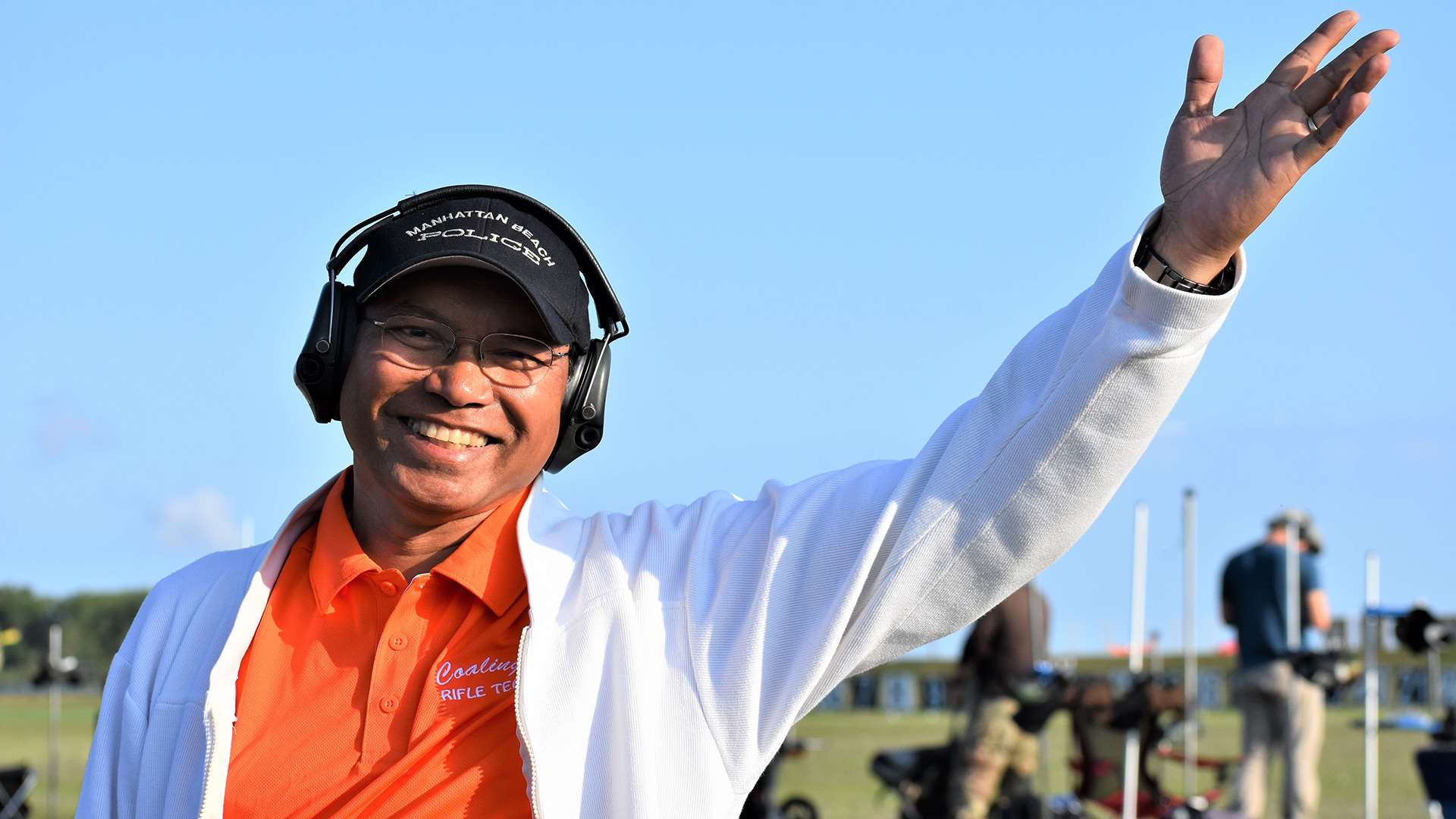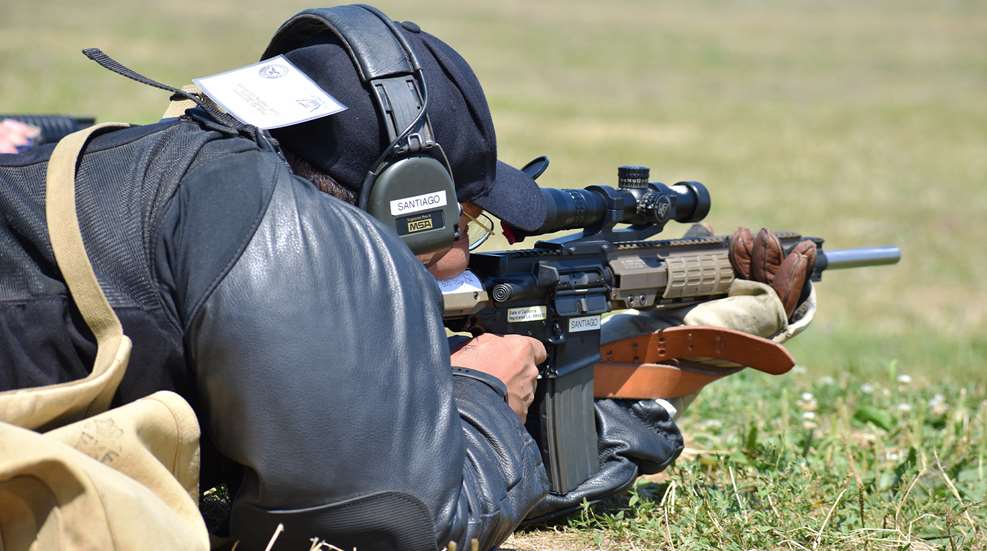
WARNING: All technical data in this publication, especially for handloading, reflect the limited experience of individuals using specific tools, products, equipment and components under specific conditions and circumstances not necessarily reported in the article and over which the National Rifle Association (NRA) has no control. The data has not otherwise been tested or verified by the NRA. The NRA, its agents, officers and employees accept no responsibility for the results obtained by persons using such data and disclaim all liability for any consequential injuries or damages.
As competitive shooters, we all know that shooting is a perishable skill. To maintain our proficiency, we must practice. When it comes to ammunition, many of us develop pet loads that we rely on for competition. Good ammunition is a confidence builder that allows us to focus on other aspects of the shot process. Regardless of the discipline, competitive shooters want reliability and repeatability in our ammo.
Some shooting disciplines, with traditionally high round count competitions, are modifying their courses of fire to decrease the number of shots fired in an effort to conserve ammunition. And we all hear about friends who shoot fewer competitions, and even practice less often, because they are running out of their favorite components. Or in other cases, the components they want are so in-demand that prices have become exorbitantly high.
I’m one of those creatures of habit. I’ve shot the same 77- and 80-grain ammunition combination in my service rifle for more than a decade. I know that ammo like the back of my hand. I’ve bonded with that ammo. I know how it responds to altitude, air pressure, temperature and wind over a broad range of conditions. That history adds up to confidence. Like many of us, I don’t want to change. But we are in a period where the need to practice demands that we learn to adapt.
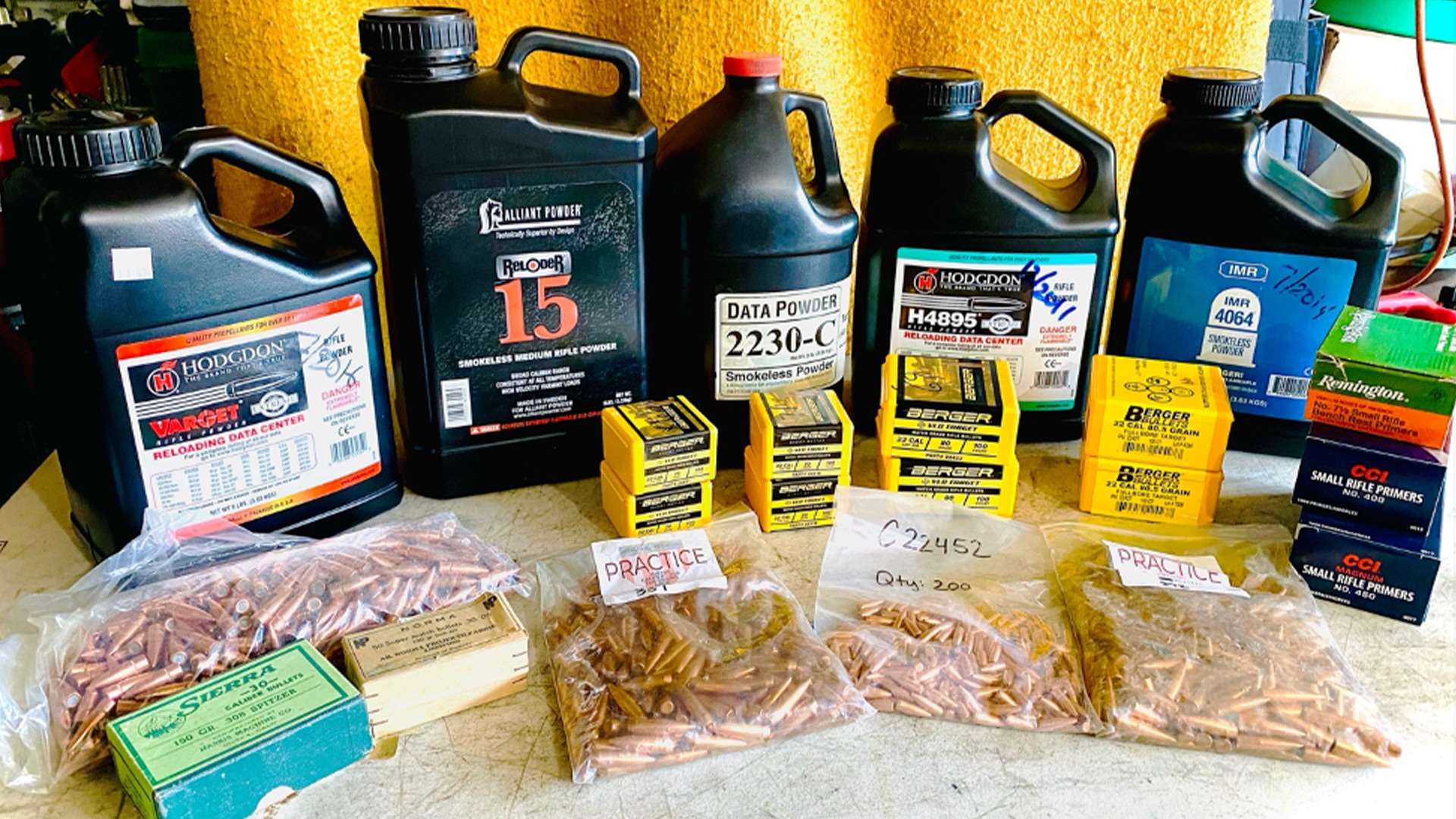
New Strategy
For the past year, I’ve adopted a different approach to ammunition. I’m abandoning the creature of habit method. I’m replacing it with a strategy to be able to shoot equally well, or at least adequately comparably, with whatever combination of components I can find. I’ve gone on a hunt for bullets, powders and primers to try to answer the question, “What does it take to keep practicing and competing in a world where you may need to change components based on availability?”
Experimenting with component substitution, I’ve learned that the outcome frequently yields the same results from a practical shooting standpoint. Now, I pay less attention to the brand or design of components, and more to the similarities between components that I can actually get my hands on.
When it comes to bullets, now I think of them more in terms of weight bins. Bullets that weigh around 77 grains, for instance, or bullets that weigh around 168 grains, etc. Within a weight class and driven by approximately the same charge, bullets tend to fly about the same ballistic arc.
Consider quality as well. Not all bullets have the same accuracy potential. Discovering a stash of WWII-era M2 ball .30-cal. bullets is not the same as finding present-day 155.5-grain Palma bullets. But if you’re practicing offhand, or shooting 100-yard reduced course matches, those old M2 ball bullets are perfectly fine, because keeping you shooting and preventing your skills from perishing is the point.
While experimenting, you also quickly learn that even current-generation bullets will vary in shape in subtle ways. Part of component adaptation is going back to fundamental load development principles, such as measuring how the shapes of the ogives of different bullets change your seating depth and overall length of cartridges, as you go from bullet to bullet within the same weight bin. Adaptability requires paying careful attention to measuring dimensions, particularly in tightly chambered rifles.
Is it different from the comfort of your old reliable favorite load that you never have to think about? It certainly is. It’s simply a matter of routine, as you keep shooting with whatever components you can get ahold of. In general, bullets that jump happy, fly happy. There is the occasional bridge too far where it’s just not the right bullet for what you’re trying to do. You’ll be able to tell. You’ll know that your hold is better than what your ammo experiment that you’re practicing with is doing. It’s about trusting the fact that, regardless of your skill level, when you feel something is off, it probably is.
You can verify this. If you have a small reserve of good ammo stashed away (you should), you can shoot these to double check and maintain your confidence. That was part of my plan, after realizing that my preferred components were in short supply. I turned them into reference-standard rounds.
Propellant is another substitutable component. I have now become an obsessed student of burn rate tables and an avid user of the computer program QuickLoad. The number of gunpowders that burn at the same rate as your favorite propellant is a sizable list when you’re talking about common chamberings.
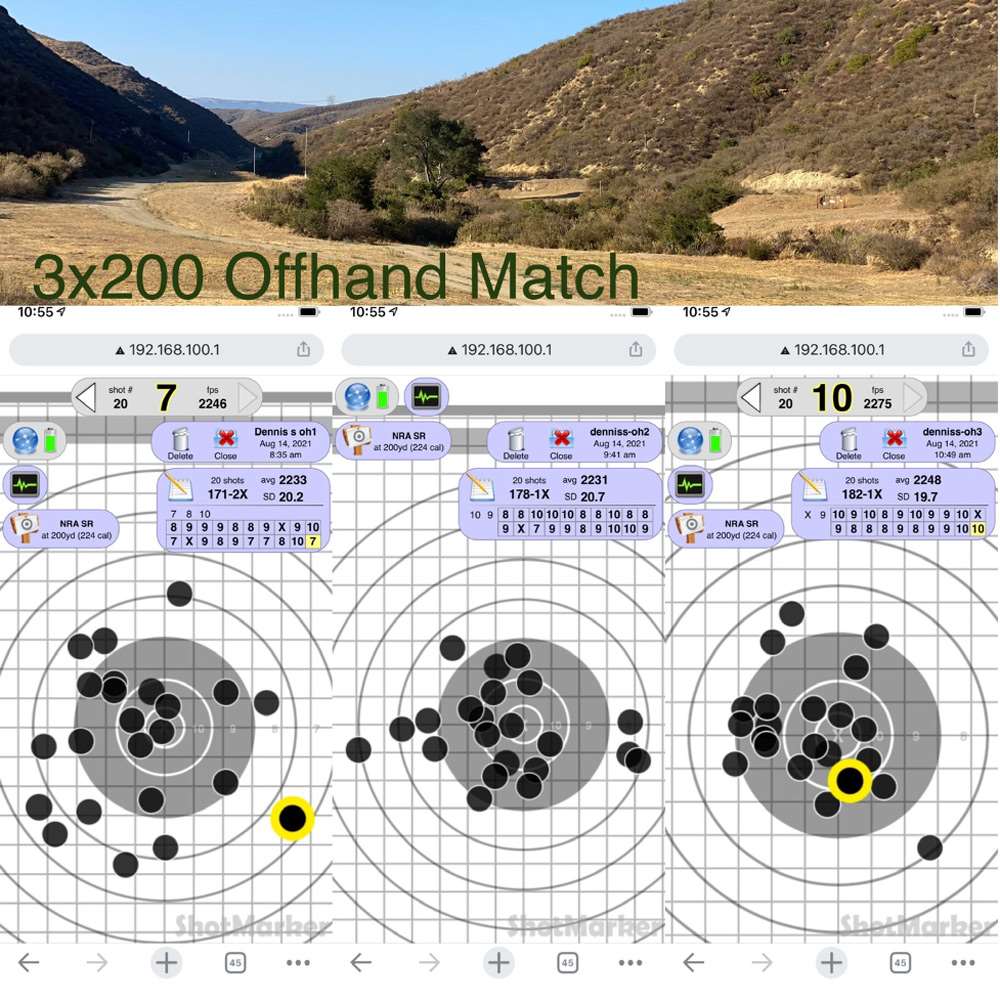
As a rule, the charge weight that gets you about the same muzzle velocity as your favorite load will vary from powder to powder. As for similar burn rate powders, it will generally produce the same results as far as the ballistic arc that the bullet will fly. This is because it’s leaving the gun at a similar velocity.
At shorter distances under 300 yards, you’ll probably see some zero shift from load to load. Nearest I can tell, it is because the barrel is vibrating at a different node point when the bullet exits, which will move it slightly around the target. In my experience this does not move it that much. And more important, if you see that difference in practice, as well as at a match, dial for it and make a note about the zero for that load in your records. Once that’s recorded, it’s repeatable.
At longer distances, you will see changes in elevation and wind sensitivity as you change components around. Again, during practice that’s something that you can detect and compensate for. It’s something that you can also keep notes about, so if you use your alternative load(s) in a match, you are better aware about how it will react.
I recommend keeping a separate set of notes and logs for each alternative ammunition load assembled from different components. From personal experience, I know you cannot keep all that information in your head. That’s why we have favorite loads that we shoot for 10 years and build up an intuitive base of knowledge from. That gets thrown out the window when swapping components around so you can keep shooting. Time for a more scientific approach to note taking.
The big benefit is that you can shoot matches with any of the ammunition combinations you have developed and do reasonably well. That is, if the combination being shot has the inherent accuracy to shoot to your potential. For the stuff that doesn’t, note it and find a practice mode where it’s still useful.
Lastly regarding components, we get to primers, which can be hard to find sometimes. And we all certainly have primers that we like and ones that we don’t. Bottom line—any decent primer will light the charge and allow you to keep shooting. For instance, I have a leftover stash of CCI 400 small rifle primers that have thin cups and a tendency to pierce with the loads I use for high power competition. Some time ago, I replaced using them with thicker cup primers that do not have this issue. However, by simply loading ammo the next powder charge node down, I can once again use this supply of primers to keep shooting.
Occasionally you will run across odd lots of primers in the marketplace. Today, we no longer enjoy the “buy several cases of your preferred primers and use them exclusively” scenario that was the case few years ago. However, if you are a little bit judicious about not wanting to push your loads to the ultimate edge of performance, you can still get decent groups out of alternative loads to shoot competitively. Having to dial a click or two off extra elevation or being a little more sensitive to surfing the wind shifts isn’t the end of the world.
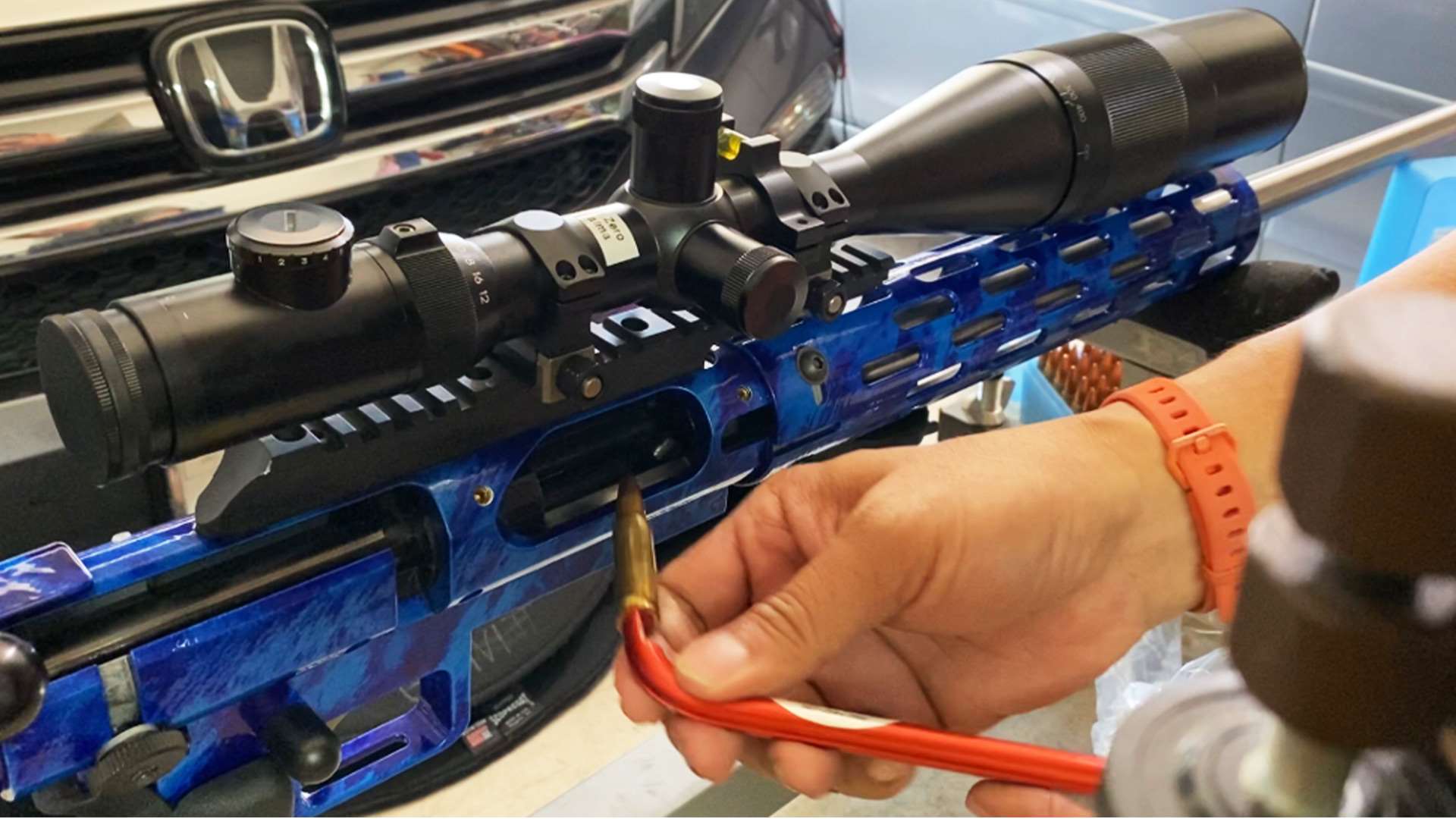
Be Picky
So now that we’ve got some ammo to practice, next you should prioritize your practice regimen. It’s important to be selective about where you use your live-fire opportunities. Burning powder is a limiting factor now. It’s about maximizing the learning curve that we gain from every shot that we make.
I primarily shoot rifles across the course and in mid-range matches. That means I have two perishable skills that I need to stay on top of.
Offhand Practice
The first live-fire regimen I pay attention to is shooting offhand. The good thing about offhand is you can do a lot of practice with it using dry fire techniques. I have the SCATT and the MantisX systems for dry-fire practice. Both go a long way in making sure you keep up with your position and muscle memory skills. But there is a limit to how far dryfire practice can take you. There remains the necessity of shooting live-fire drills, particularly when you are making changes to your technique, because you have learned something new or want to try something else out. Sending actual rounds downrange is the only way to figure out whether your latest idea is going to help you get more points or make you shoot like an idiot on the line.
The good part about live fire for offhand is you don’t really need the best ammo to figure out whether or not you’re on the right track. Pretty good ammo is fine to use, and it’s easy enough to create that quality of ammunition out of components that you can scrounge. To make live-fire practice go even further, I will attach a MantisX accelerometer to my rifle while I am practicing live-fire offhand. This way I can compare data being recorded in dry fire and live fire, make comparisons and further improve the productivity of my dry-fire sessions.
Wind Practice
The other area of live-fire practice I want to emphasize is the long line. There is no dry-fire substitute for long line practice. Whether it is to 600-yard stage of across the course or 3x600 mid-range, the best way to figure out if your perishable skills have not degraded is shooting live-fire practice in real wind at real distance.
Knowing how to substitute components to produce ammunition with reasonable characteristics will come in handy as well. Your loads must shoot reasonably well. The alternative ammo may get blown in the wind a little bit more than your pet load, but it won’t be so much that you can’t learn the most important lesson from live-fire practice—avoiding gross errors.
In the parlance of effectiveness analysis, the percentage of time for missing one’s wind call or executing a shot badly is called the gross error rate (GER). GER is also a key computation for fighter pilots making bomb runs with unguided 500-pound bombs. There’s an entire section about it in the Joint Munitions Effectiveness Manual (JMEM). The point is that if you miss a detail and let the round go when conditions are not perfect, it will cost you points. Targets don’t lie.
It’s bad if you make a gross error. Most muttering when shooting long line is about blowing the shot. Live-fire practice is the only way to improve—exposing yourself to similar conditions where you might make that error and learn how not to. That is getting your position and shot process right, and seeing how wind blows you around. Learn how to read the wind, when to shoot and when not to shoot. The only way to maintain these perishable skills is to get out there and send rounds downrange. As I use different bullets and powders to shoot at the same target at 600 yards, I’ve found that any decent ammo will do. Load it well and take it out there and surf the wind. Practice will buy points, and your scores and match outcomes will improve.
In terms of load development objectives, I’m finding that loading ammo with different components is mostly about trying to match the muzzle velocity. It’s not the fastest muzzle velocity for each load that matters, more important is the similarity of exit speed for the same bullet weights. I use QuickLoad to try to pick where the bullet and powder combination will come out at about the same speed as my reference round. I double check the QuickLoad data to ensure that the predicted peak pressure is about the same among the alternative rounds because, to me at least, that seems to be a good indicator of whether or not bullet flight will be similar. Then, I verify at the range that the ammo is in fact exiting the muzzle at about that speed using a chronograph. I use a LabRadar because it’s easy to set up. After that, the most important thing is to make sure you have wind flags, so that you can see what’s out there on the range. (I invested in a set for my range.)
When ammo is precious, spend more on things that will help make every round teach you something. Do that, and your gross error rate management practice will be productive. The bottom line is that you are practicing—sending rounds downrange to maintain your perishable skills. When you are aware of the strengths and limits of the ammunition you are using on a given day, it boosts your confidence about your process. That is what it’s all about when it comes to building skill.
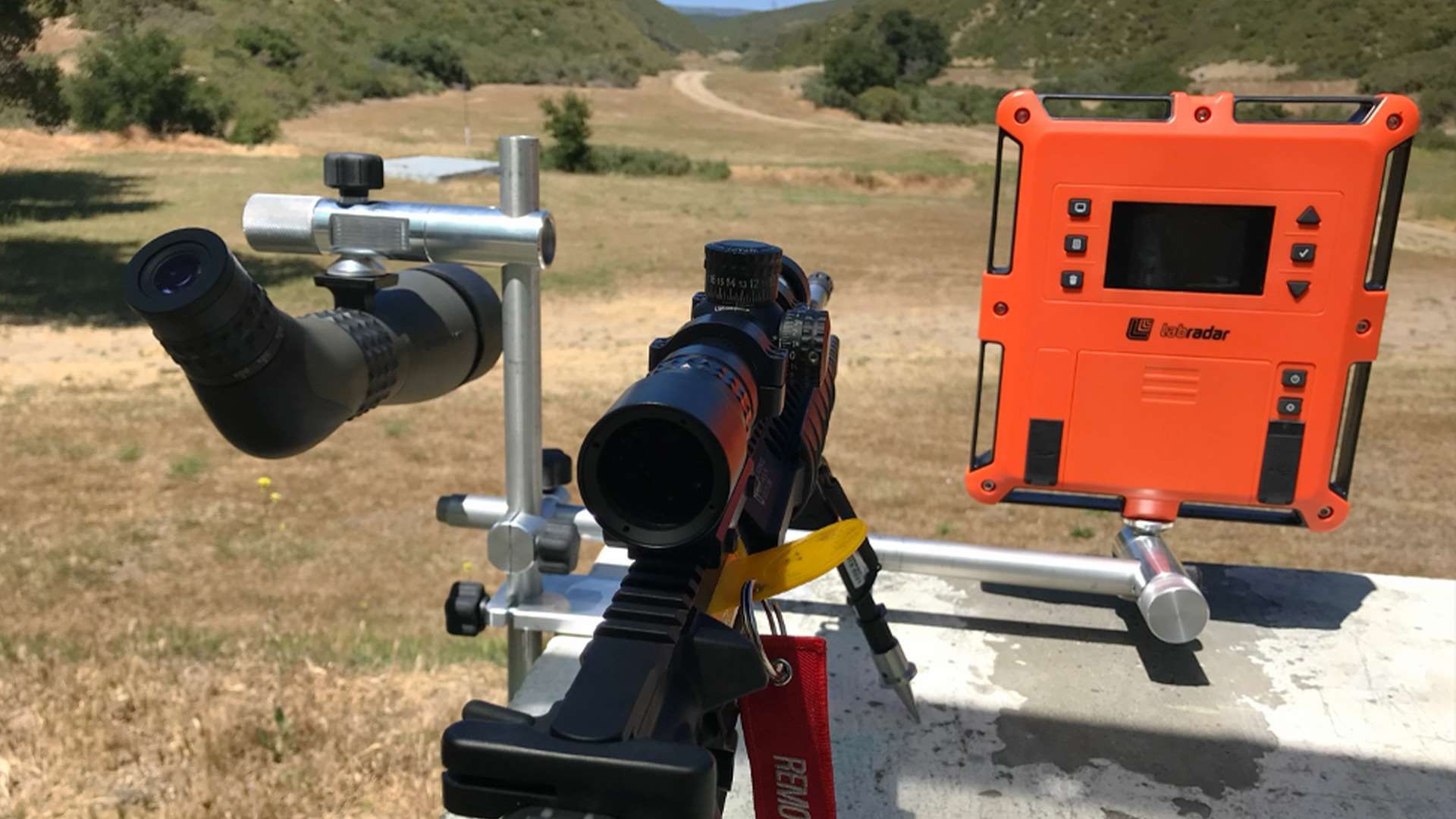
Share With Friends
Not everyone has the accouterments I have described here to do load development with an endless array of component combinations, aiming to get consistent (if not identical) performance on the range out of disparate pieces. I don’t have everything each time, either. It’s important to remember that shooting is teamwork. We are all trying to make the best of our practice and match opportunities to achieve the same thing— become better shooters. Equally important is developing a circle of friends with whom you can share the experience of staying in the game together. This is part of the coping strategy for what we’re all going through right now.
It’s better when you have a buddy who might have the component you need today, so that you can share with them the component they need tomorrow. Share the experience of setting up a range to make the day as productive as possible. When you have friends around, you can also practice the most important part of the shooting discipline—performing under the pressure of heckling by your friends who are there to laugh with you, not at you.
